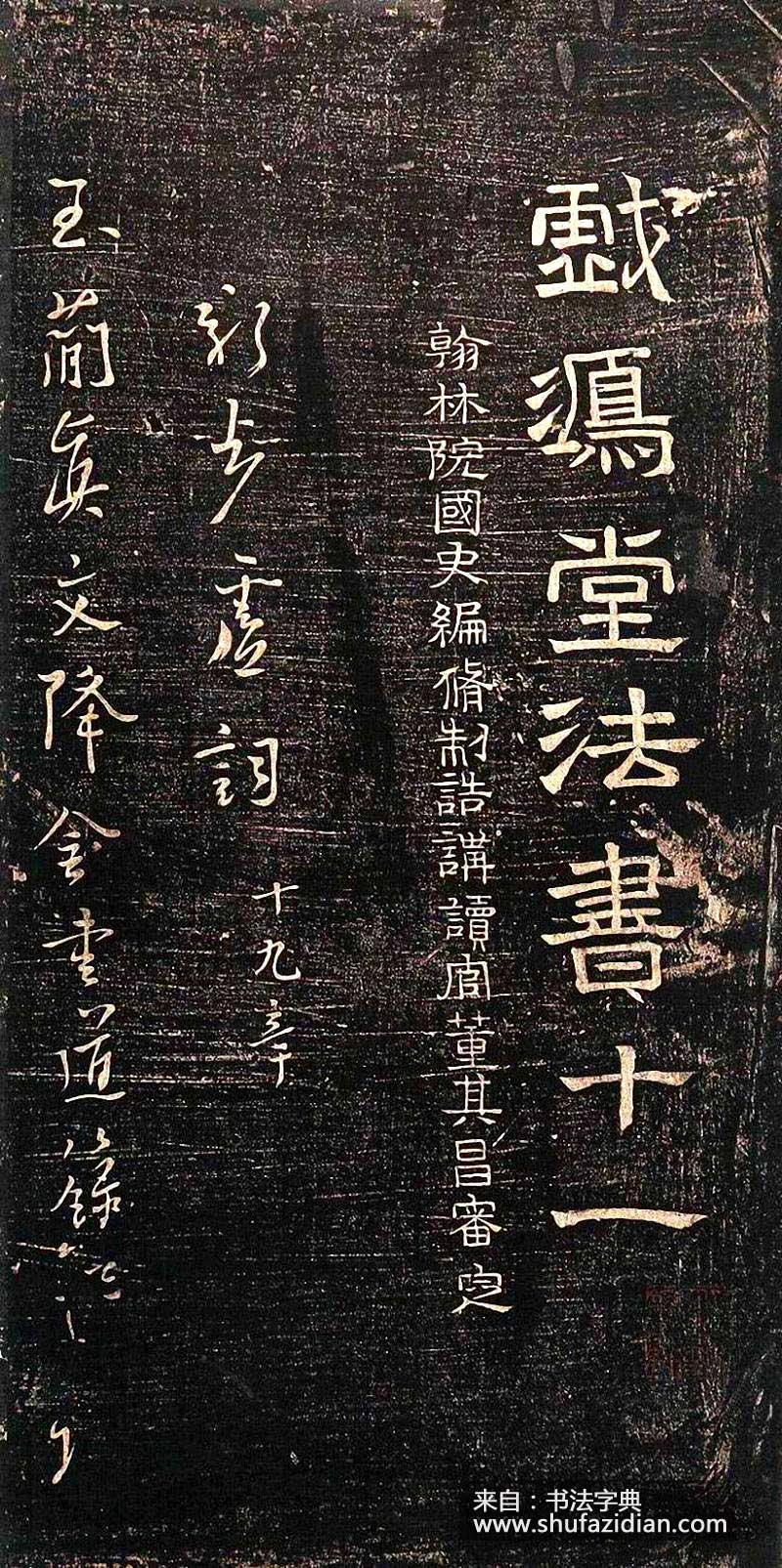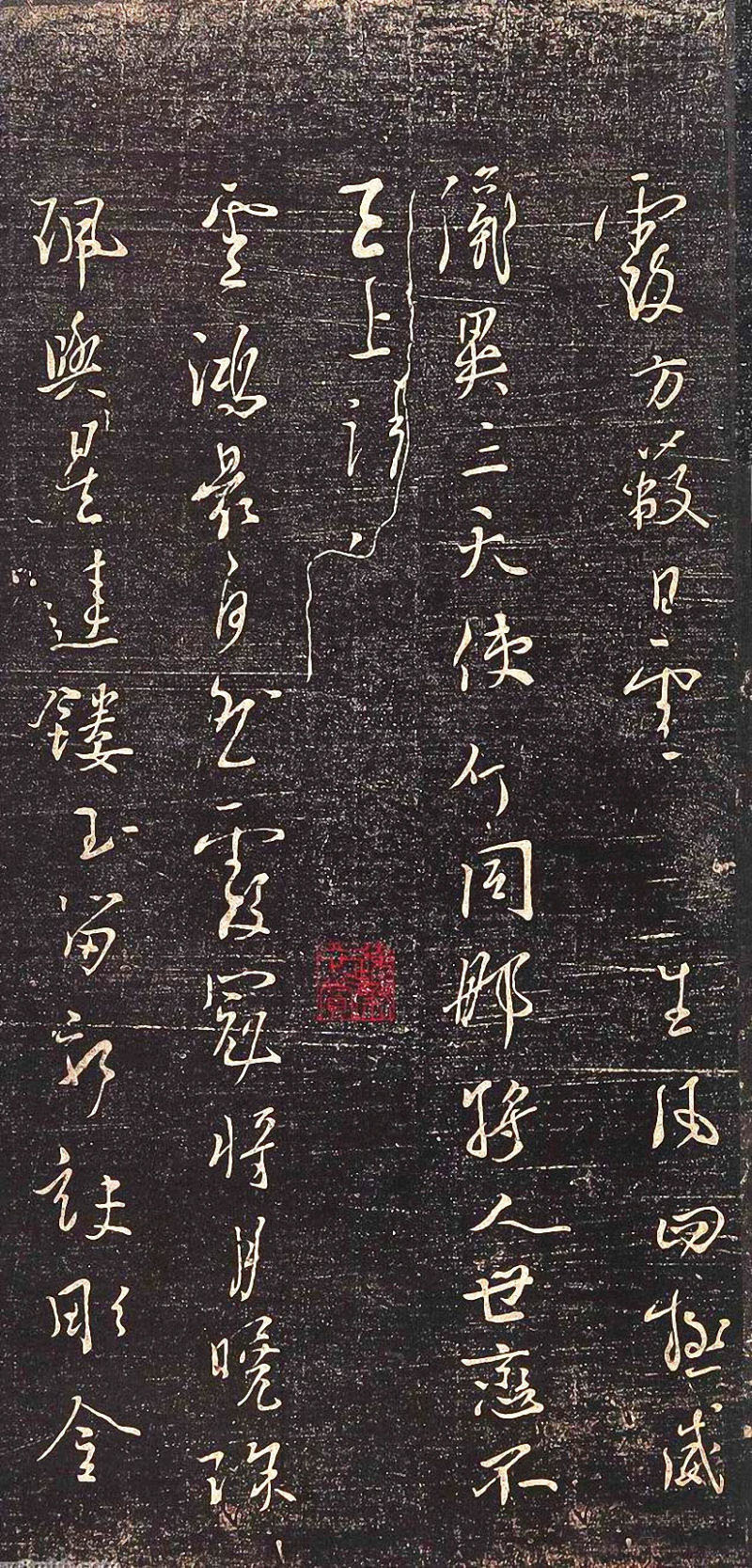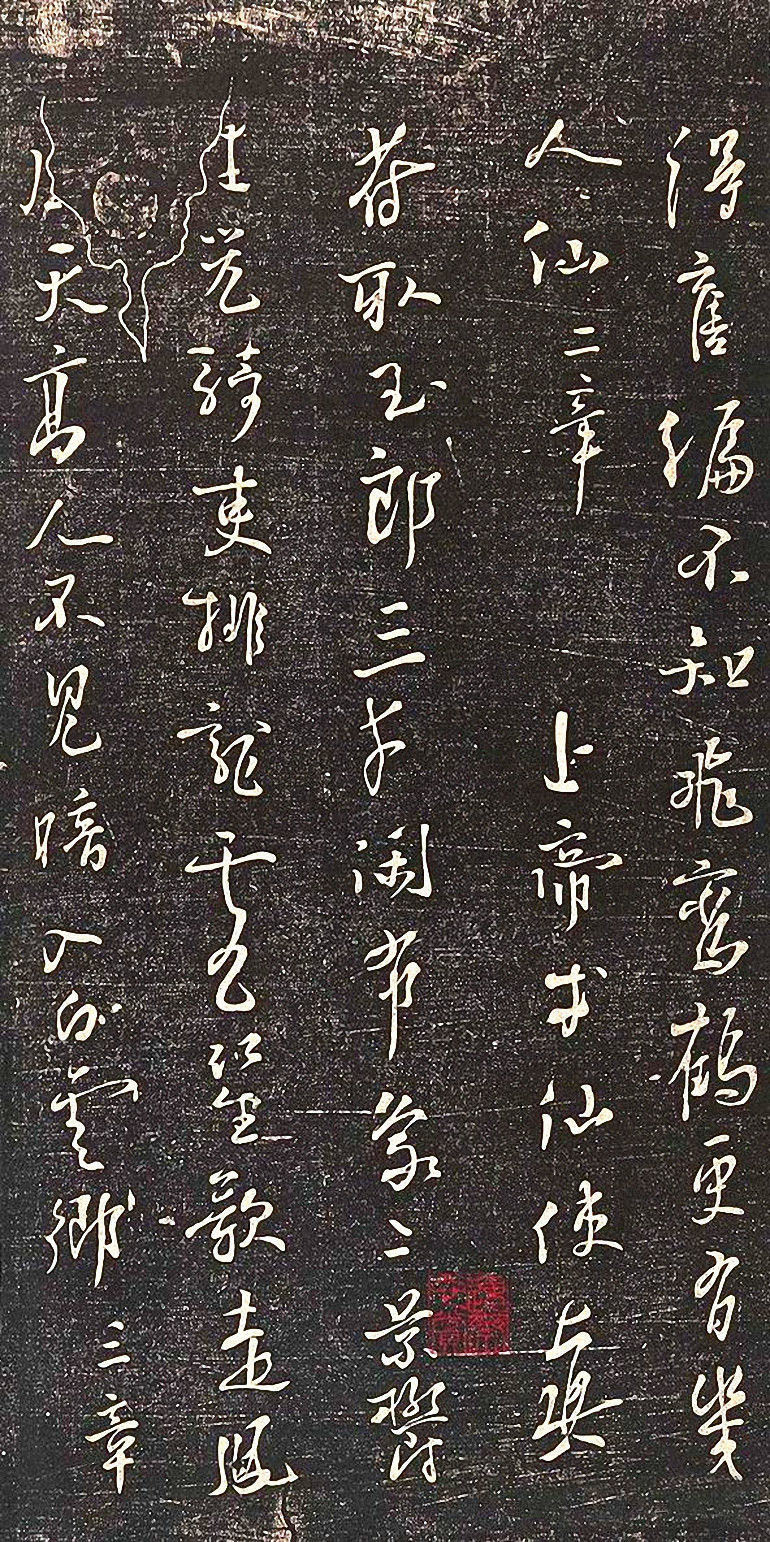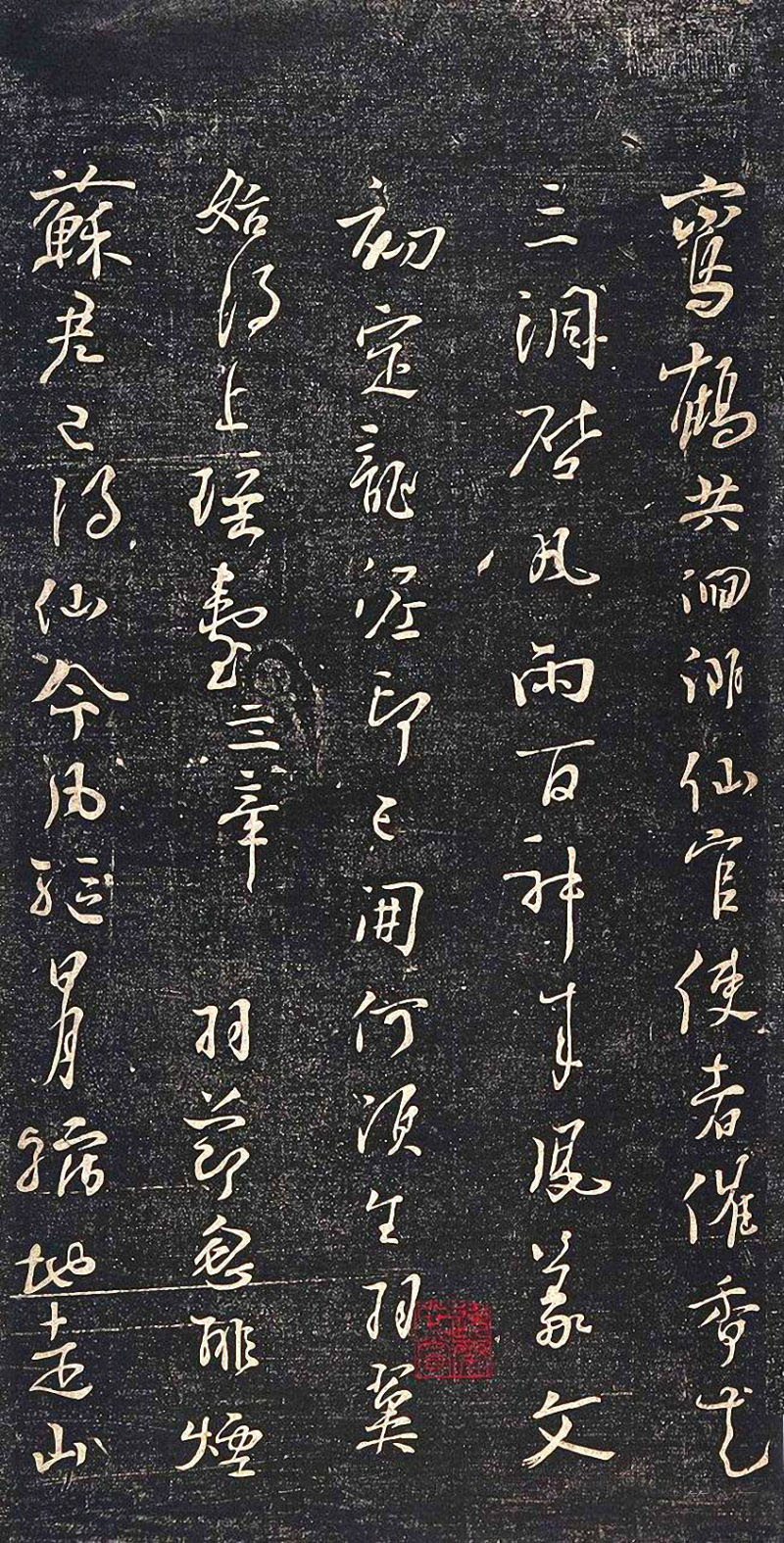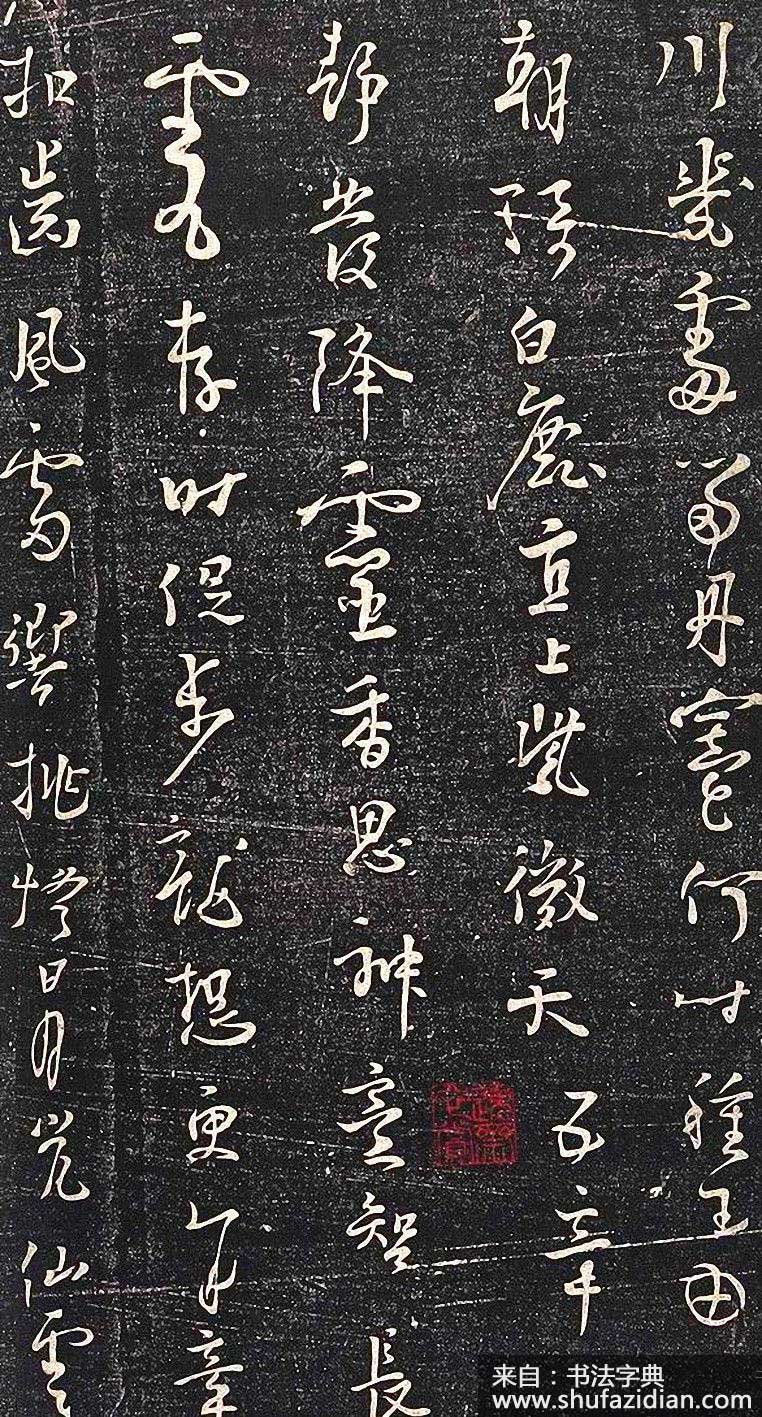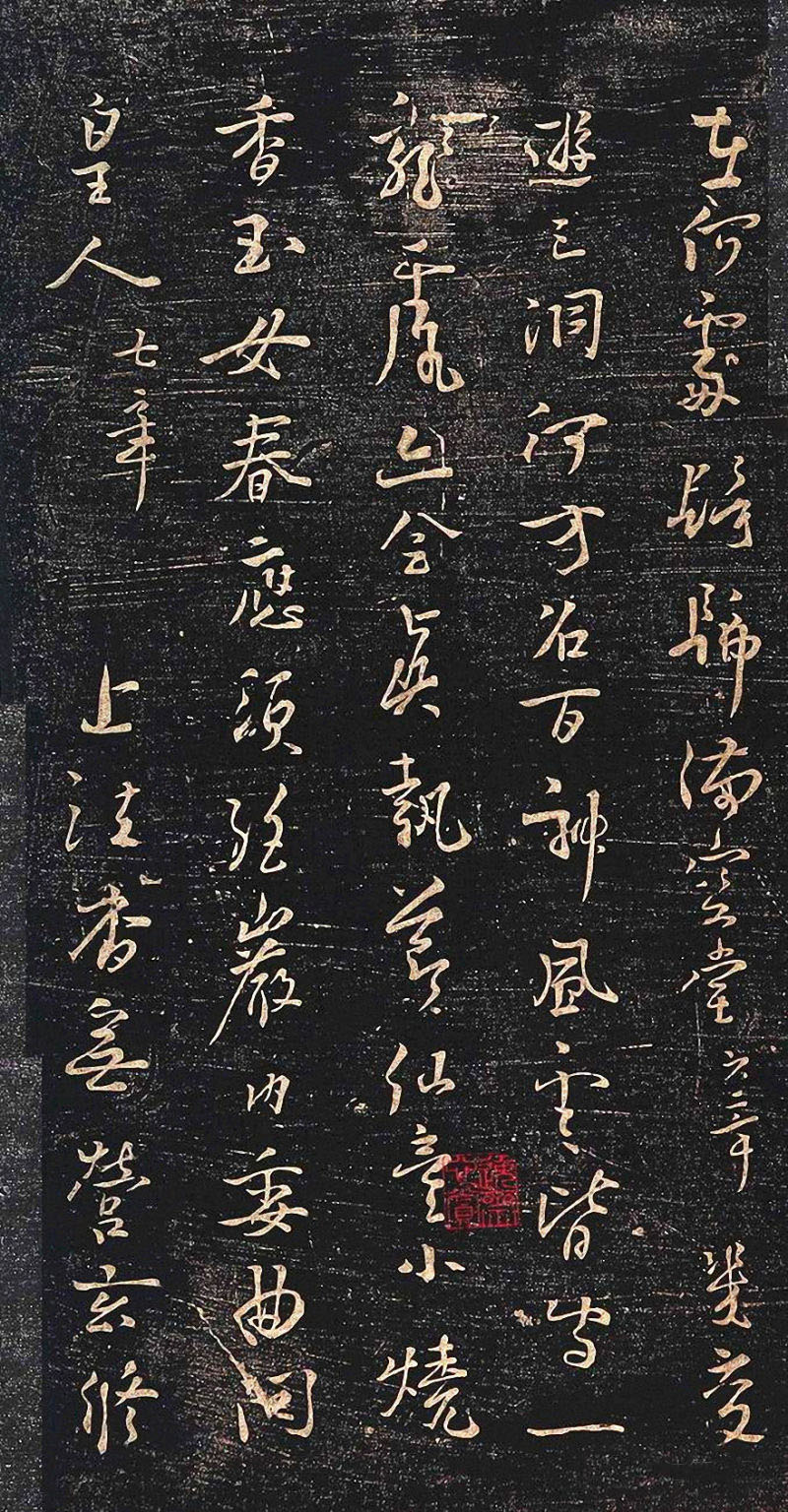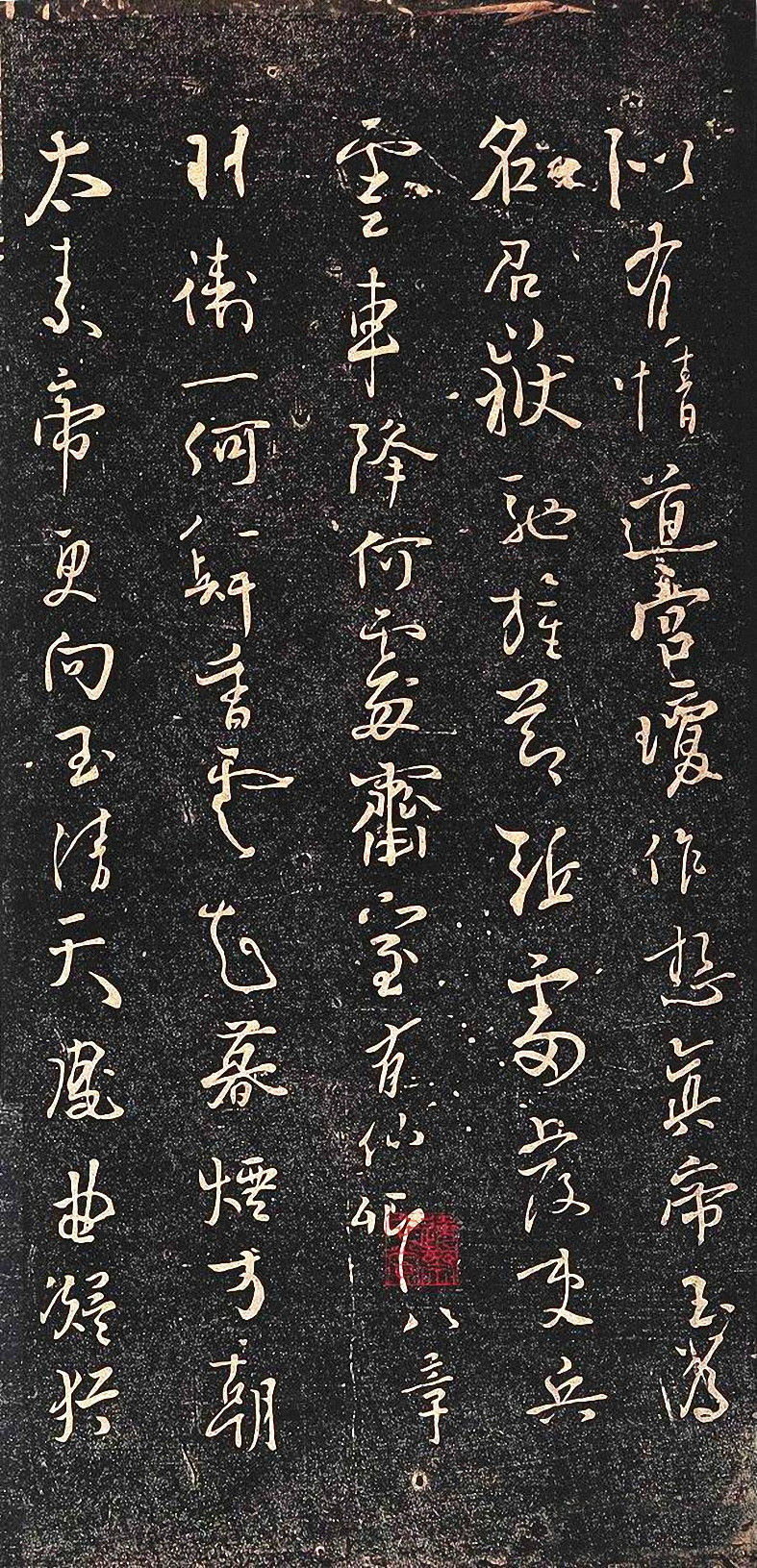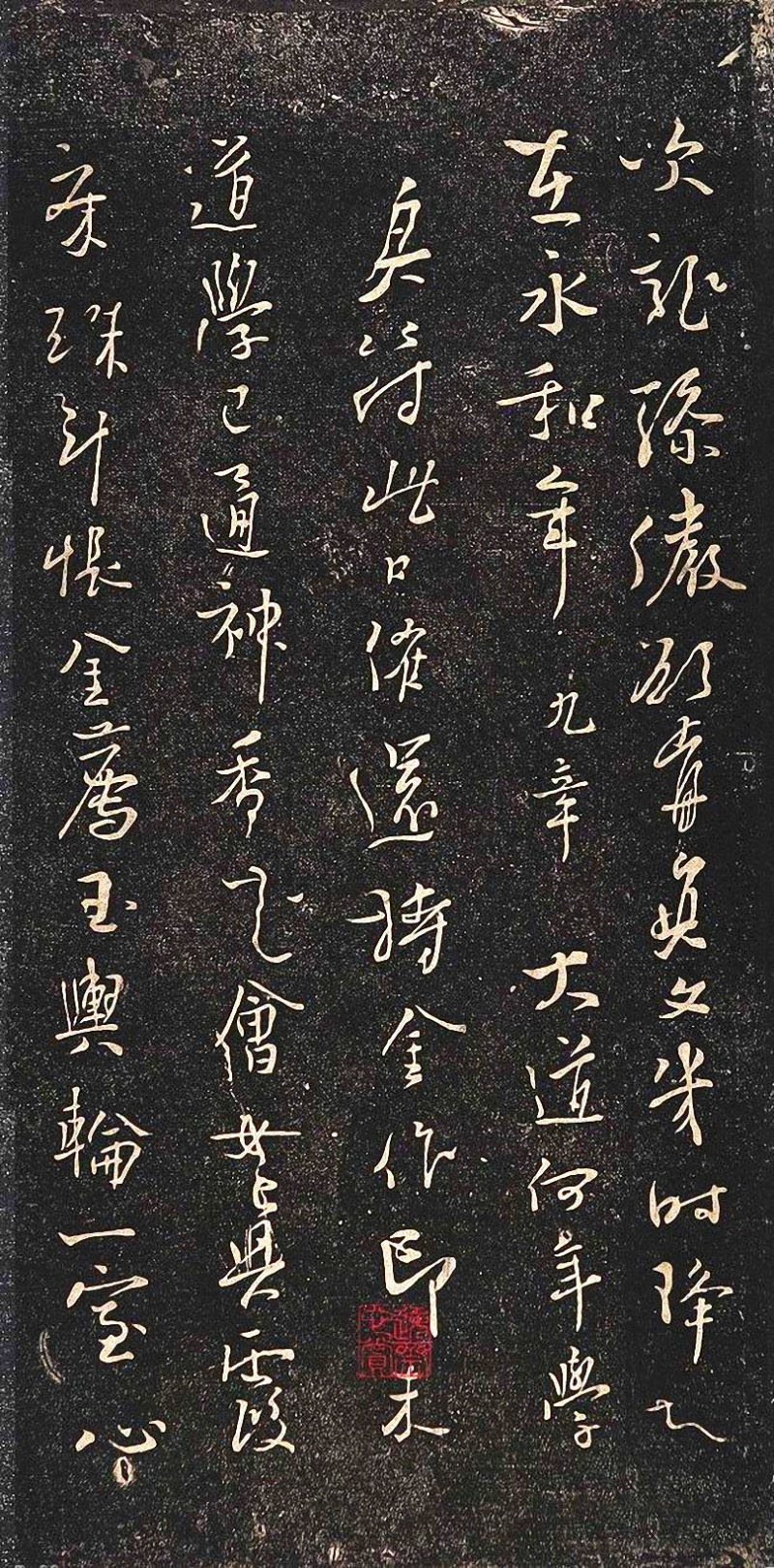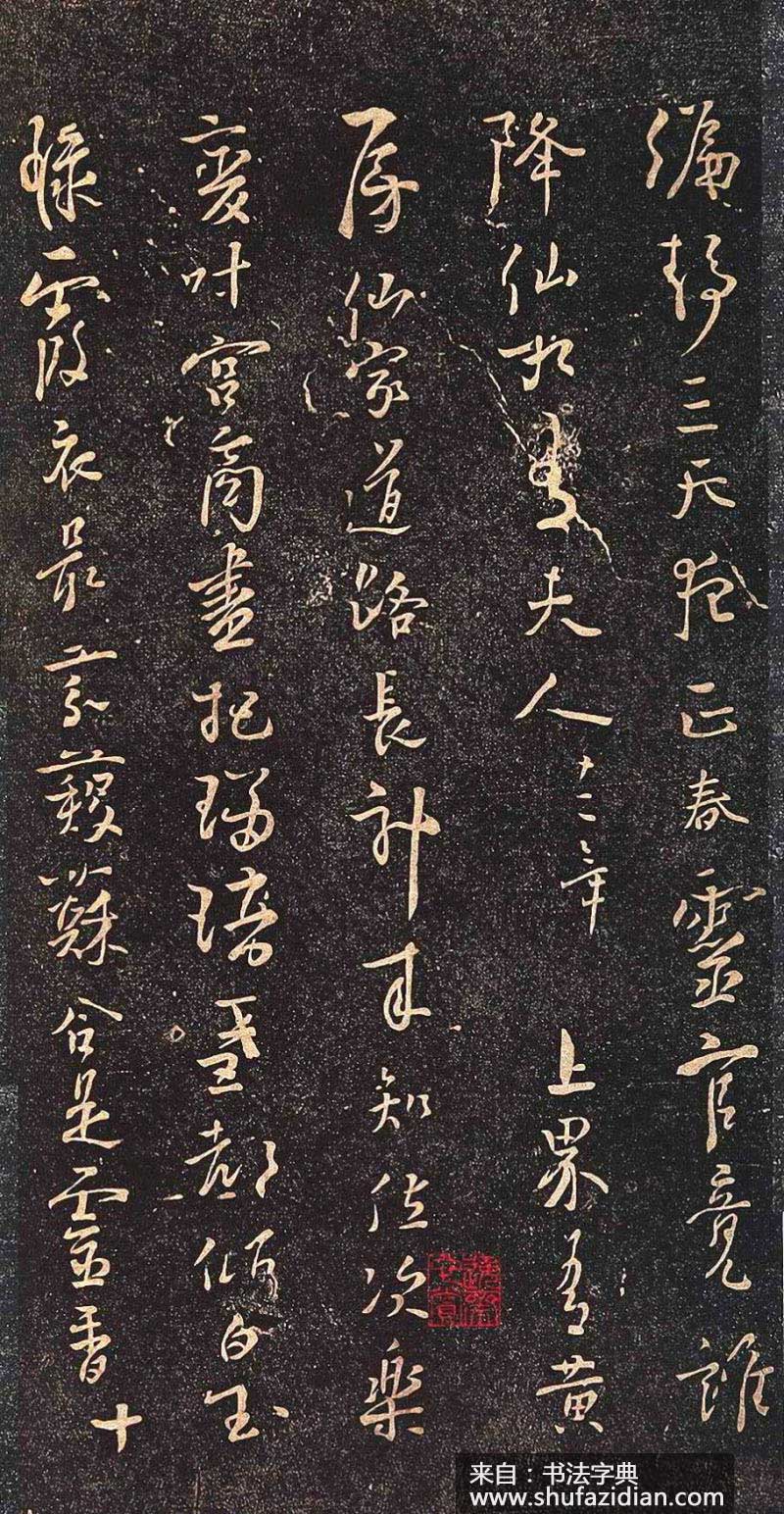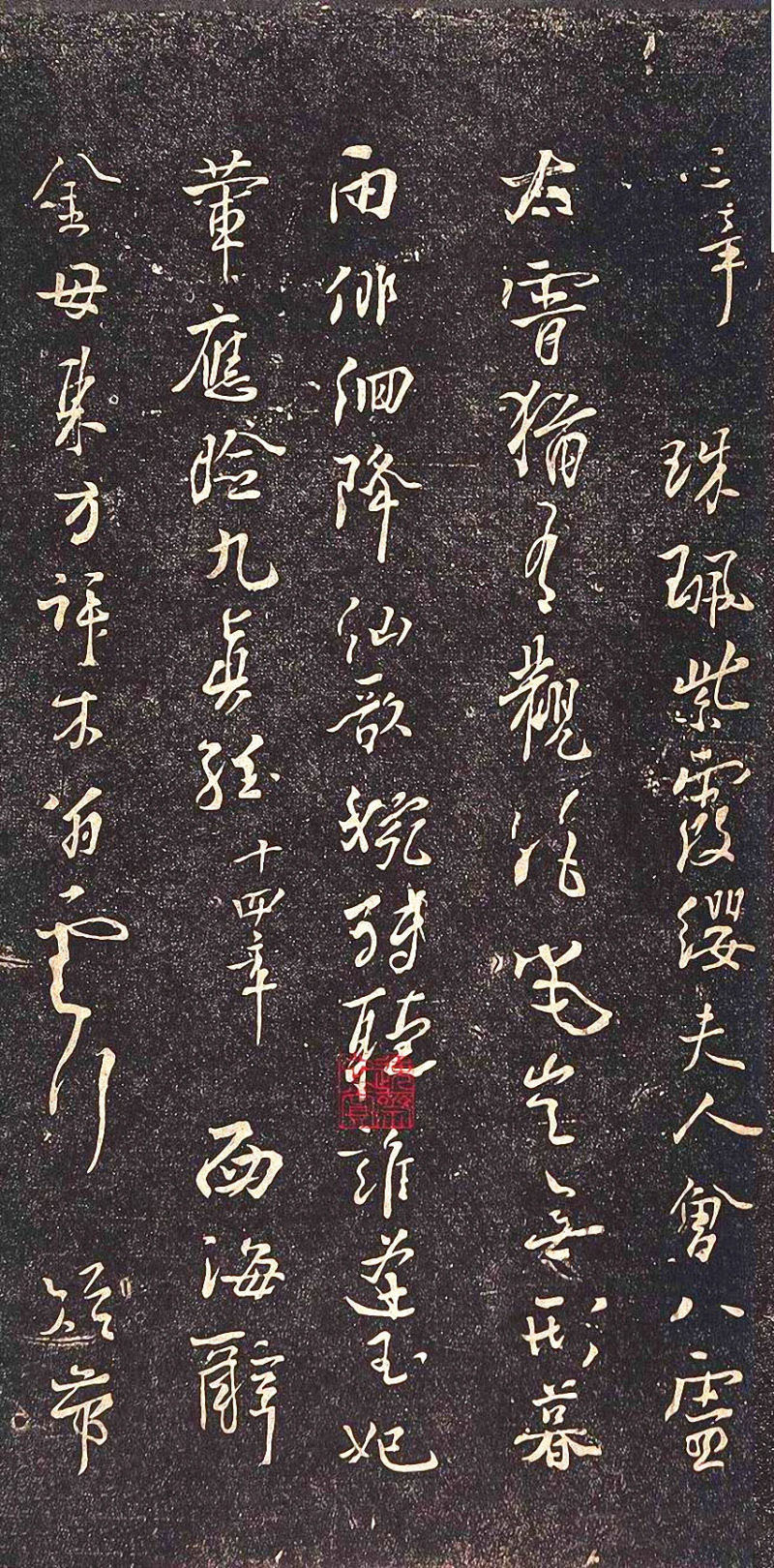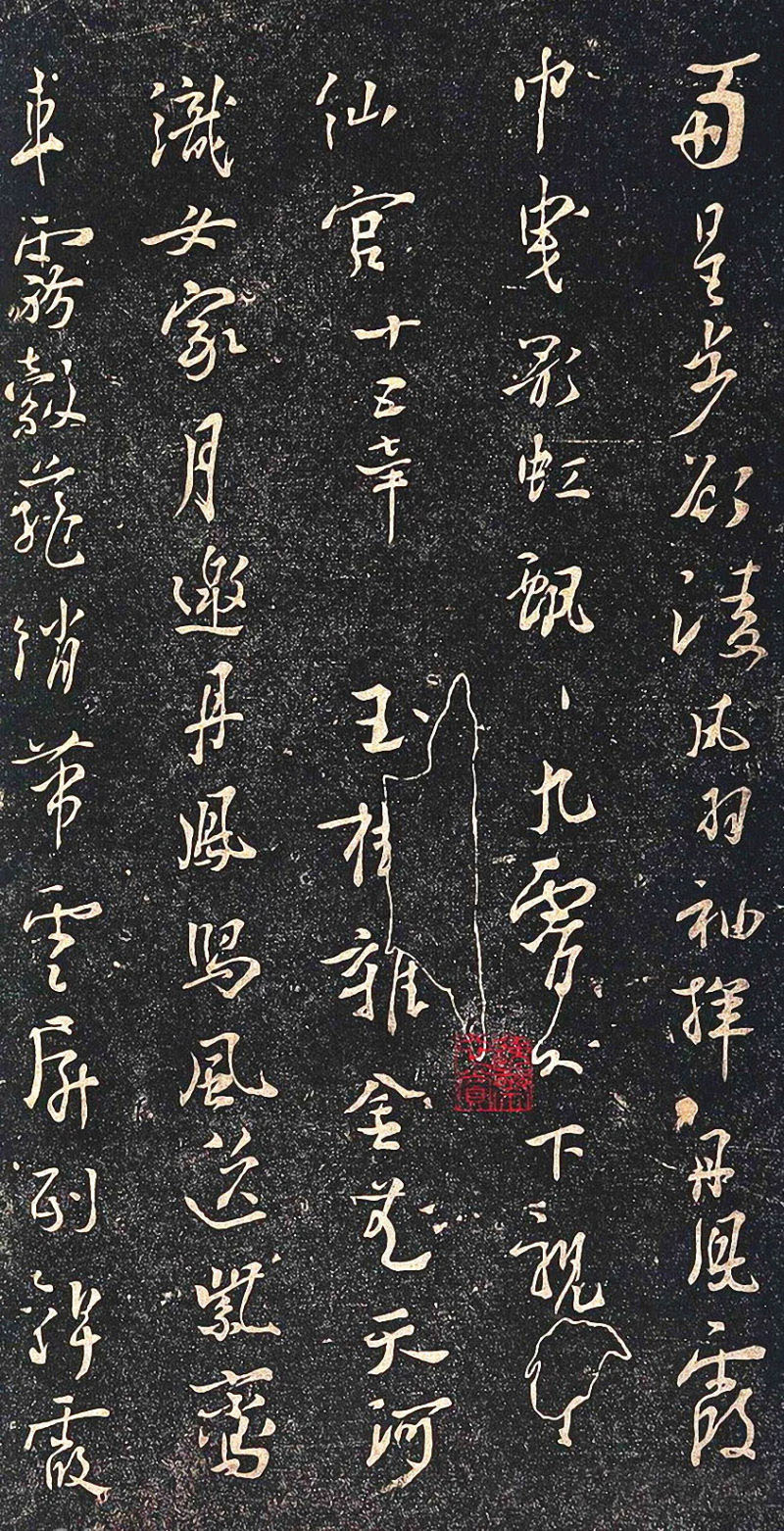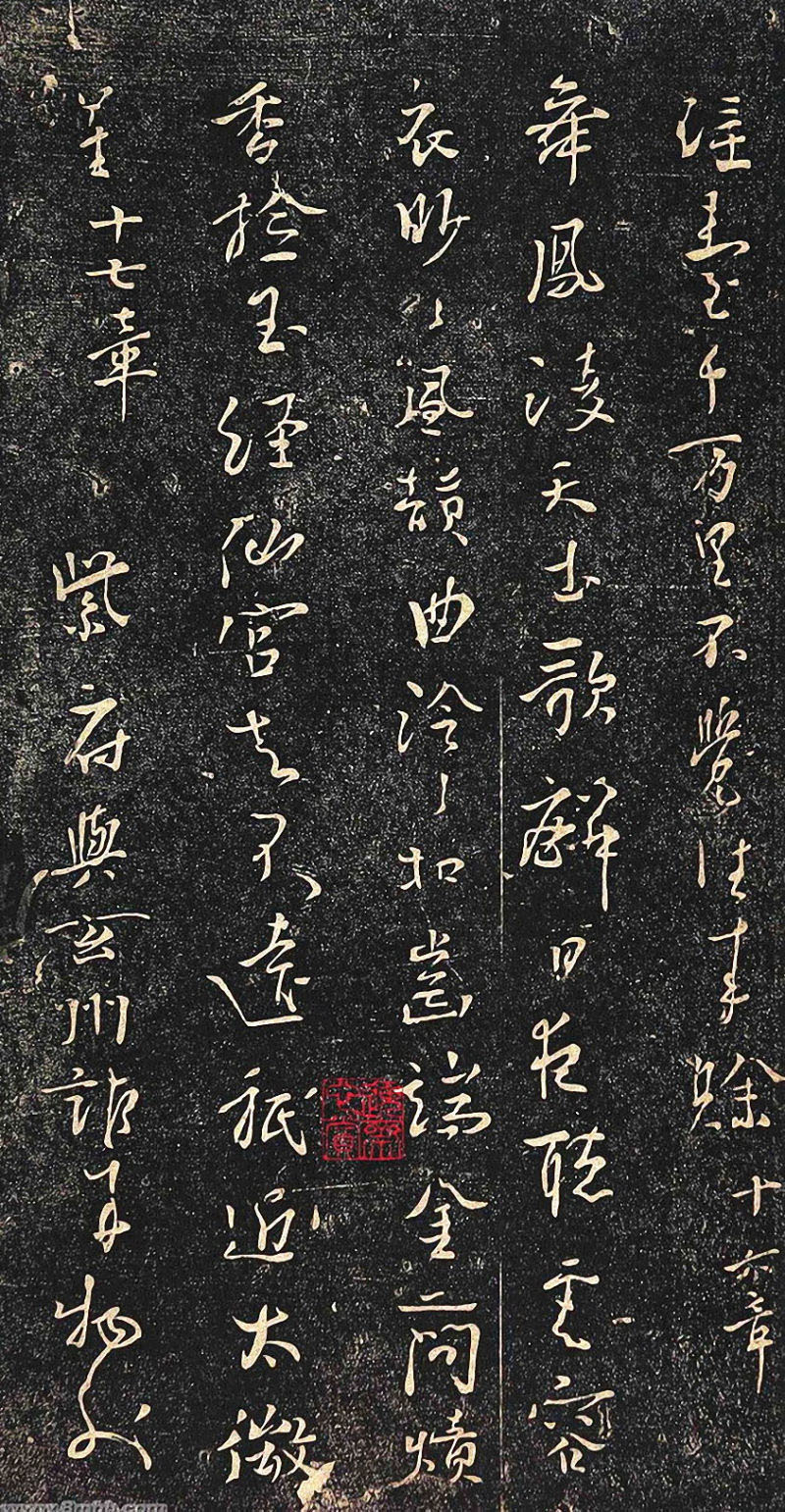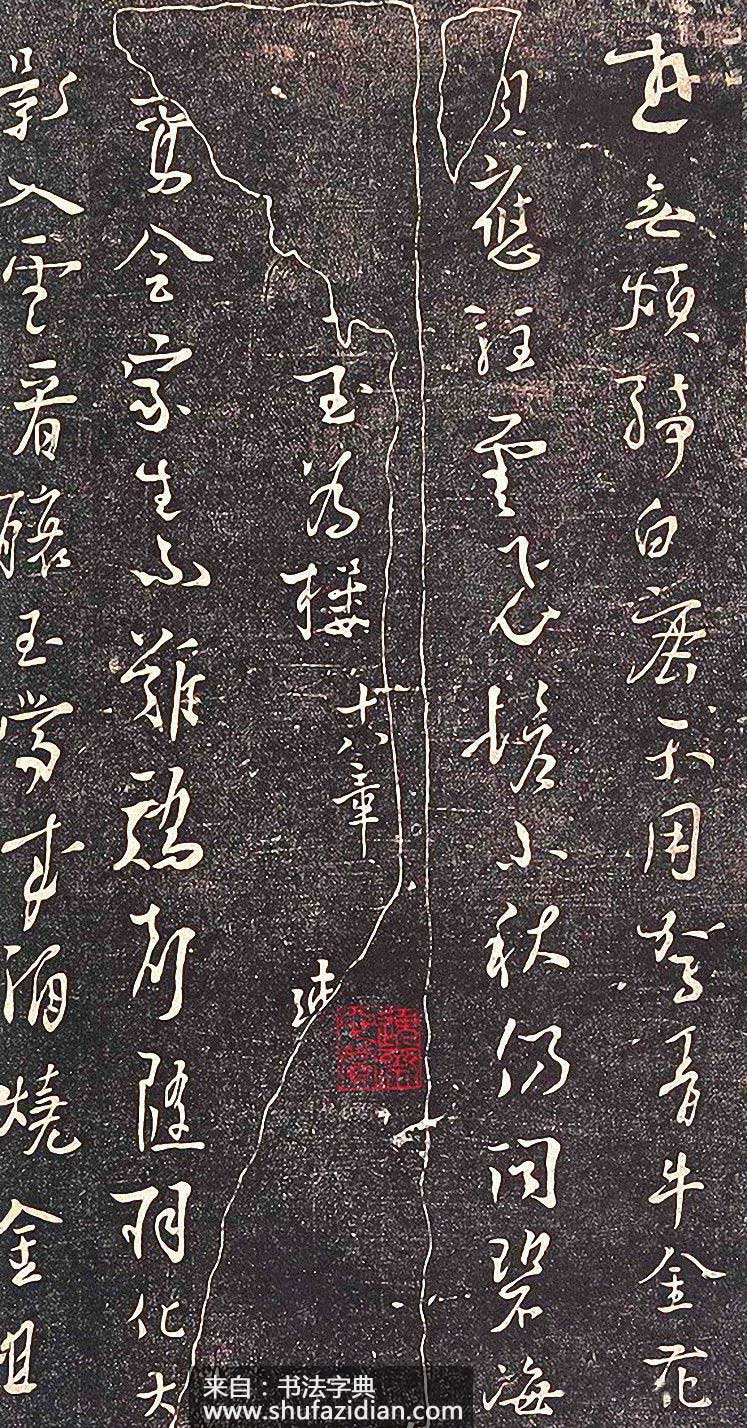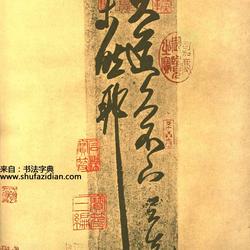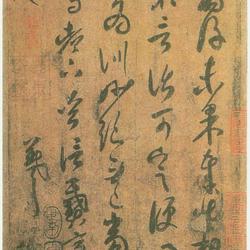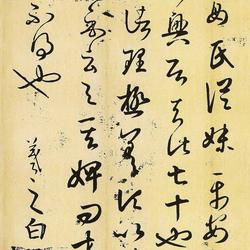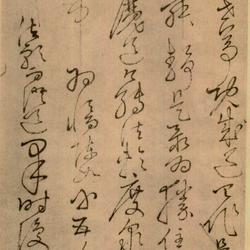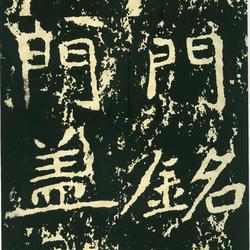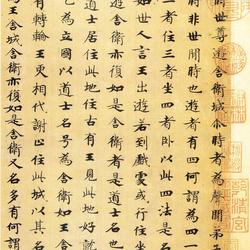"Xinbu Fuxi" Yang Ningshi's cursive calligraphy, also known as "Daxian Calligraphy", was written in the third year of Qingtai (936). The original trace has been lost. Dong Qichang of the Ming Dynasty carved it into "Xihongtang Law Calligraphy" and passed it down. There are sixty-seven lines in total. The writing style is elegant and elegant, like flowing clouds and flowing water. The writing style is clever and full of twists and turns. Wu Dexuan of the Qing Dynasty wrote in his "Essays on Calligraphy in Chu Yue Lou": "I have studied "Buxu Ci" for dozens of times, and I know that later Huang, Mi, and Dong Zhugong all resembled his meaning."
Yang Ningshi (873-954), courtesy name Jingdu and pseudonym Xubai, was born in Huayin (now Huayin, Shaanxi Province). During the reign of Emperor Zhaozong of the Tang Dynasty, he was a Jinshi and an official secretary. He served as an official in the Later Liang, Tang, Jin, Han, and Five dynasties, and reached the position of Prince Taibao. He was known as "Shaoshi Yang" in the world. Because he was extremely distressed by the chaos and political changes in the current situation, Yang Ningshi had a wild and unruly character, so he was nicknamed "Yang Fengzi" (i.e. Yang Madman). He lived in Luoyang for a long time and loved to visit Buddhist temples and Taoist temples. When he was a poet, he often wrote inscriptions on the walls. At that time, his writings could be seen everywhere in Luoyang temples.
